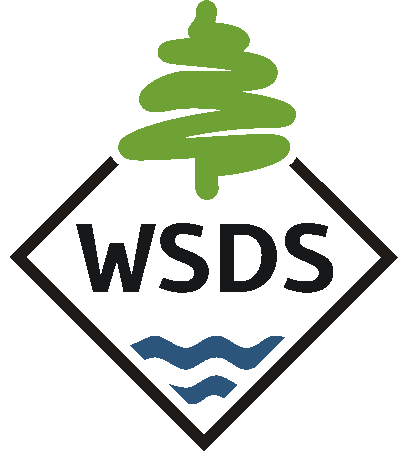What is Peer Interaction?
At lunch, two children laugh when they find out that they both like fishsticks but hate ketchup. One has a disability, one doesn’t. A high school student who has Down syndrome volunteers to help a second grader.
Peer interaction happens when a teacher encourages general education students to get involved with students with disabilities. It happens when school administrators support programs to bridge the gap and begin to dissolve the labels disabled and non-disabled. When it works, peer interaction is mutually beneficial for all students involved, as summarized in the research in the More Info section.
There are different ways to set up an inclusive environment. No matter how you get peers involved, you will notice a difference in student achievement and classroom dynamics. To learn more about the benefits to you and your students, go to Peer Programs. From teaching students with deaf-blindness or multiple disabilities the basics of having a conversation, to reading an experience book, peers will enrich the teaching and learning environment.
Peer Interaction is also sometimes referred to as Peer Tutoring, Peer Mentoring, reverse inclusion or Peer Buddies.
“I learned you can’t judge a person by their cover.”
– Yeimi, High School Peer Tutor
What Can I Do in My Classroom?
Click down to the Peer Programs section to read about what you can do in your classroom. Thank you to teachers Amy Lindh, Emma Packard and Suzanne Fitzgerald, for providing research, field-testing and videotaping in your classrooms!
Three BLUE RIBBON teams!
Starting a Peer Tutor Program
Sam – Peer Tutor
Yeimi – Peer Tutor
Peer Tutors Peter and Katy at Glacier Peak High School
Game Time: Communication Rules!
Megan Tutors a Second Grader
Bryan – Peer Tutor
Chrissy – Peer Tutor
Peer Tutor Reading an Experience Book
Benefits of Peer Interaction
- Creates a social network
- Makes connections between friends and in the community
- Provides a different perspective
- Teaches understanding and empathy
- Allows for mutual learning
- Provides more time for one-on-one learning
Creating and Building a Peer Program
- Speak to general education classes about the opportunity to become a Peer Tutor. Provide them with ideas about how to help create a more inclusive school environment.
- Maintain an organized classroom so peers feel connected and needed. Provide a To-Do List with activities or errands that can be done during downtime or when a student is absent.
- Provide training and literature
- Get Parental Permission to disclose information about specific students and their disabilities
- Get your principal/administration on board
- Have an open door policy. Encourage peers to stop by during passing periods, recess, lunch, etc.
- Send out an Email to other teachers and follow-up
At the elementary level
- Provide a warm place during recess
- Find teachers that “get it”
- Network informally
- Look for interactions between peers that are happening naturally
At the secondary level
- Offer Peer Tutoring as a credited class
- Include Peer Tutoring opportunities in the morning announcements
- Provide a Peer Tutor Packet
- Create a display outside your classroom to catch the attention and curiosity of peers
Maintaining Peer Interactions
- Provide support and training
- Provide recognition: give out awards or have your students write thank you cards
- Show results: point out different scenarios where peers have made a difference
- Check-in with your peers and ask them if they have any concerns. Reassure them it�s ok to ask questions
- Check comfort level: make sure peers are comfortable doing what you ask
- Explain why you do what you do and whyyou are asking them to do it. For example, explain why it is better to use hand-under-hand instead of hand-over-hand. Or why we allow processing time for a student.

